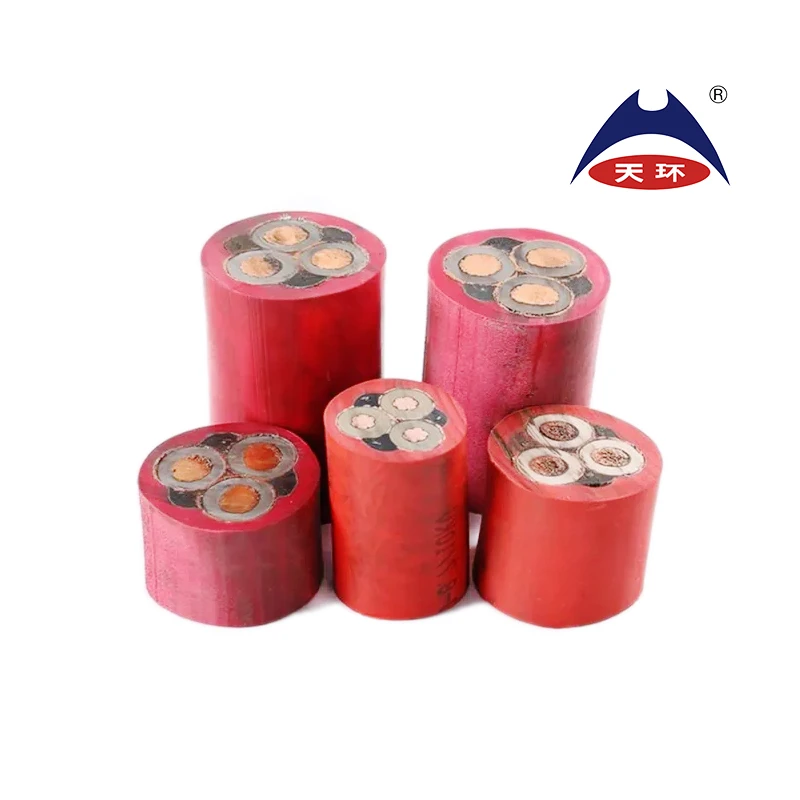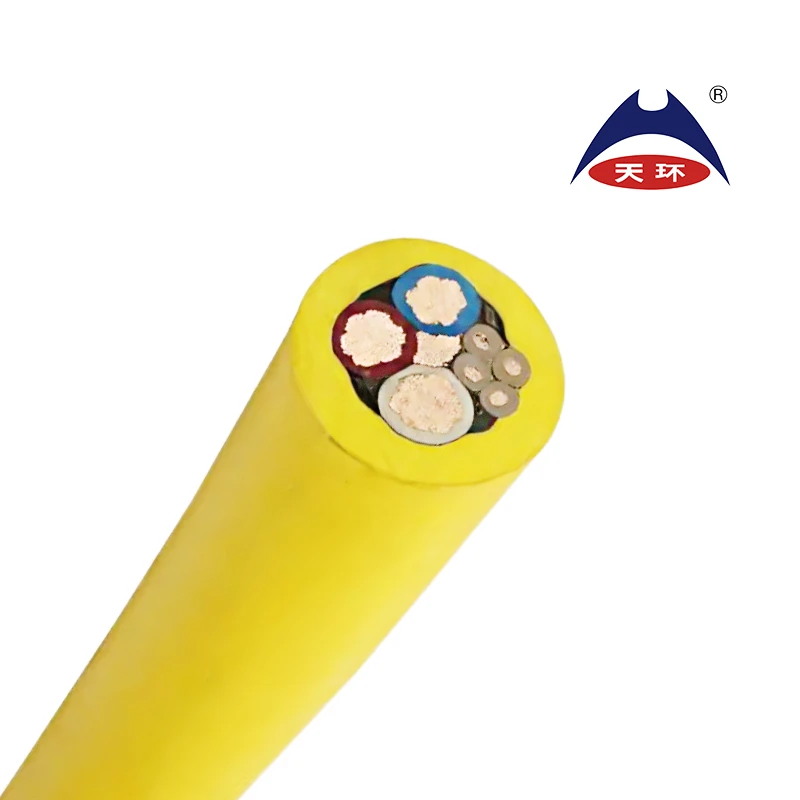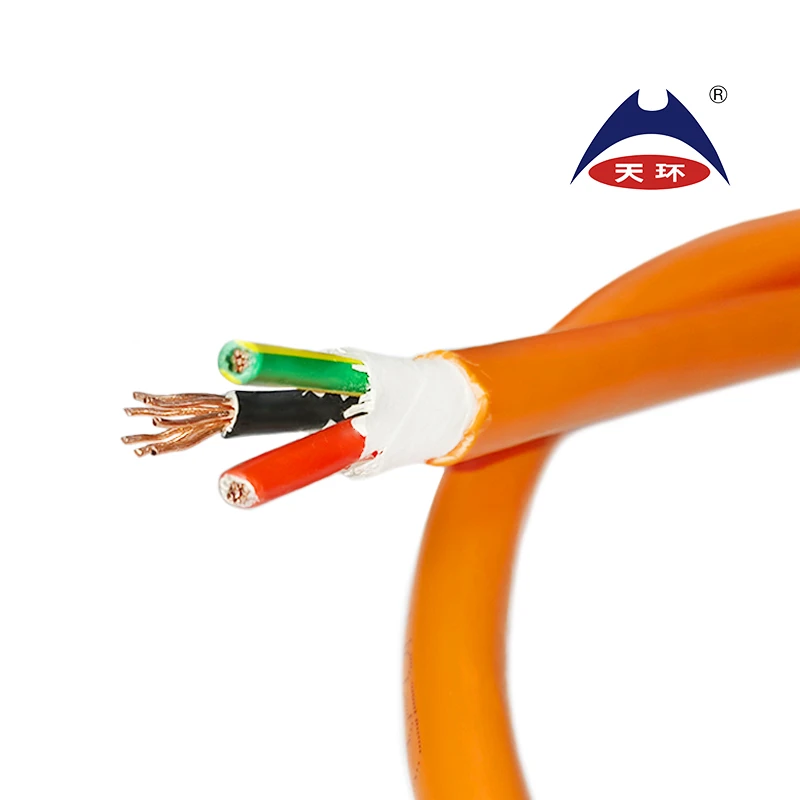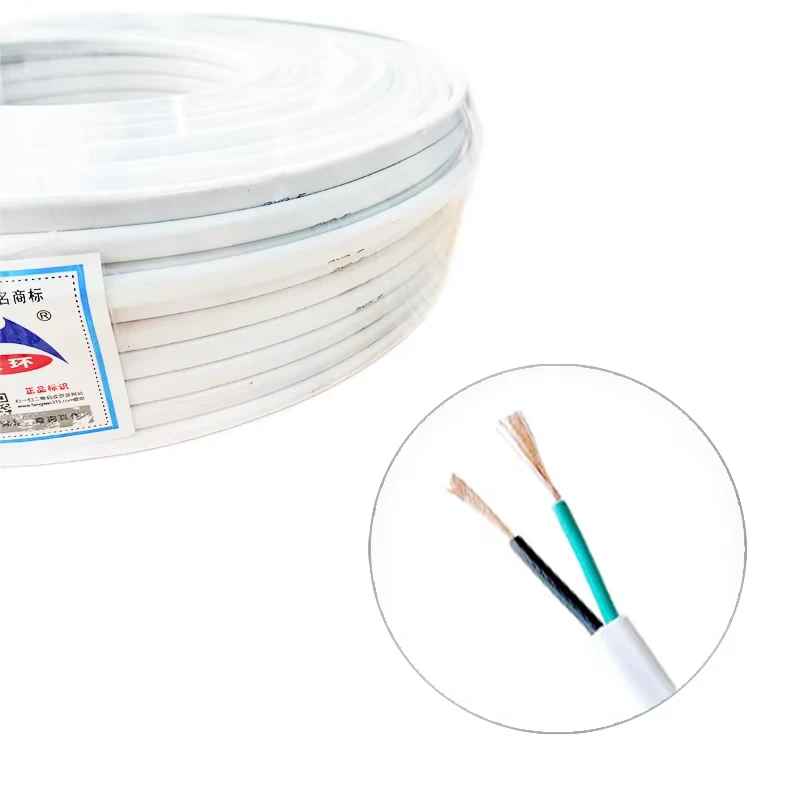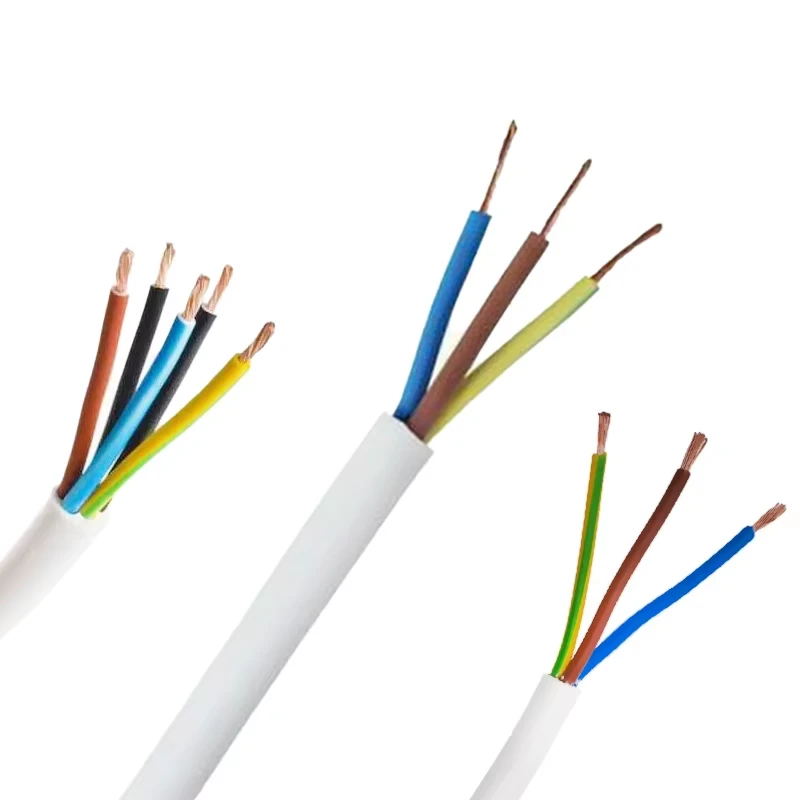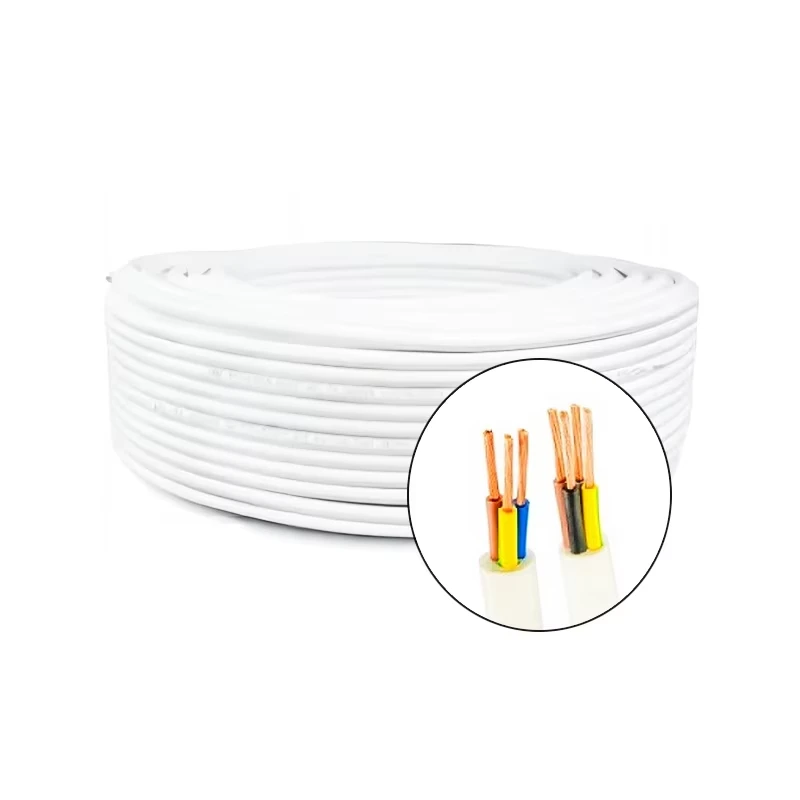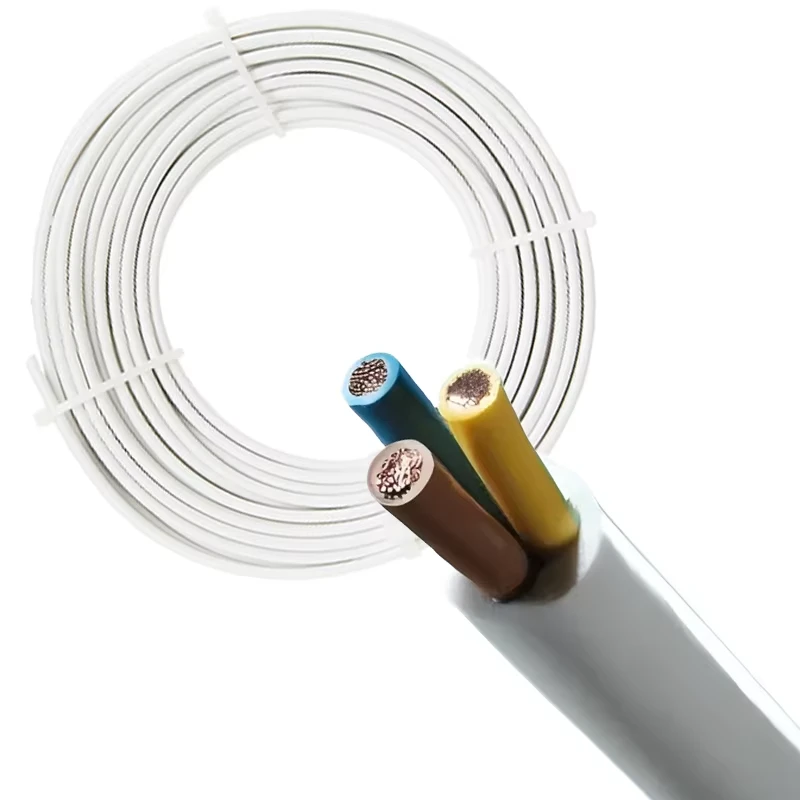
Factories Manufacturing Overhead Electric Cables for Efficient Power Distribution Solutions and Infrastructure Development
The Importance of Overhead Electric Cables and Their Manufacturing
Overhead electric cables play a crucial role in modern infrastructure, powering our homes, industries, and cities. These cables, suspended above ground to deliver electricity over long distances, are essential for the efficient transmission of electrical energy. With the continual growth of urbanization and industrialization, the demand for high-quality overhead electric cables is ever-increasing, which underscores the importance of their manufacturing.
Understanding Overhead Electric Cables
Overhead electric cables are typically made of materials such as aluminum or copper, often chosen for their excellent conductivity and durability. These cables are designed to withstand various environmental factors, including wind, rain, and temperature fluctuations. They come in several configurations depending on their purpose; for instance, some are designed for high voltage transmission, while others are used for distribution in residential areas.
The manufacturing process of overhead electric cables is intricate and involves several stages, including material selection, insulation, core construction, and final assembly. Factories specializing in the production of these cables ensure that they meet strict safety and quality standards, as any failure can result in significant disruptions and hazards.
The Manufacturing Process
The production of overhead electric cables starts with raw materials. Aluminum is often preferred due to its lightweight and high conductivity, while copper is used in applications requiring higher performance. The first step in manufacturing is drawing the material into wires of appropriate thickness.
Once the wires are prepared, they undergo stranding, where multiple wires are twisted together to form a conductor. This process enhances the strength and flexibility of the cable. Afterward, insulation materials, which can be made of various polymers, are applied to protect the wires from environmental damage and prevent electrical leakage.
overhead electric cables factories

Subsequently, the cables can undergo additional processes such as armoring, where a protective layer is added for enhanced durability, particularly in areas susceptible to physical damage. Quality checks are conducted at various stages to ensure that the cables meet industry standards.
Technological Advancements
In recent years, the manufacturing of overhead electric cables has seen significant technological advancements. Automation has played a vital role in improving efficiency and precision. Modern factories utilize computerized systems for monitoring equipment, ensuring optimal production rates while minimizing waste. Furthermore, advancements in materials science have led to the development of lighter and more efficient cable designs, enhancing transmission capabilities.
Environmental Considerations
As the world moves towards sustainable energy solutions, the manufacture of overhead electric cables is also adapting to minimize environmental impact. Many factories are implementing green manufacturing processes, which include recycling scrap materials and reducing energy consumption during production.
Moreover, advancements in smart grid technologies are prompting manufacturers to create cables that can support renewable energy sources, such as solar and wind power. This shift not only helps in meeting government regulations but also contributes to a greener future.
Conclusion
The manufacturing of overhead electric cables is a vital component of our energy infrastructure. As demand continues to grow, it is essential for factories to emphasize quality, efficiency, and sustainability in their production processes. Investing in technological advancements and environmentally friendly practices not only enhances the performance of these cables but also ensures a reliable energy supply for future generations. The importance of overhead electric cables cannot be overstated, and their continued development will play a key role in powering our world.
-
Reliable LIYCY Cable Solutions for Low and Medium Voltage ApplicationsNewsJul.14,2025
-
Premium Overhead Electrical Wire Solutions for Low and Medium Voltage ApplicationsNewsJul.14,2025
-
Innovative XLPE Electrical Cable Solutions for Modern Low and Medium Voltage NetworksNewsJul.14,2025
-
High-Quality Ethylene Propylene Rubber Cable – Durable EPDM Cable & 1.5 mm 3 Core OptionsNewsJul.14,2025
-
Exploring the Versatility of H1Z2Z2-K 1X4mm2 Cables in Modern ApplicationsNewsJul.14,2025
-
Uses of Construction WiresNewsJul.14,2025
-
Types of Neoprene CableNewsJul.14,2025





